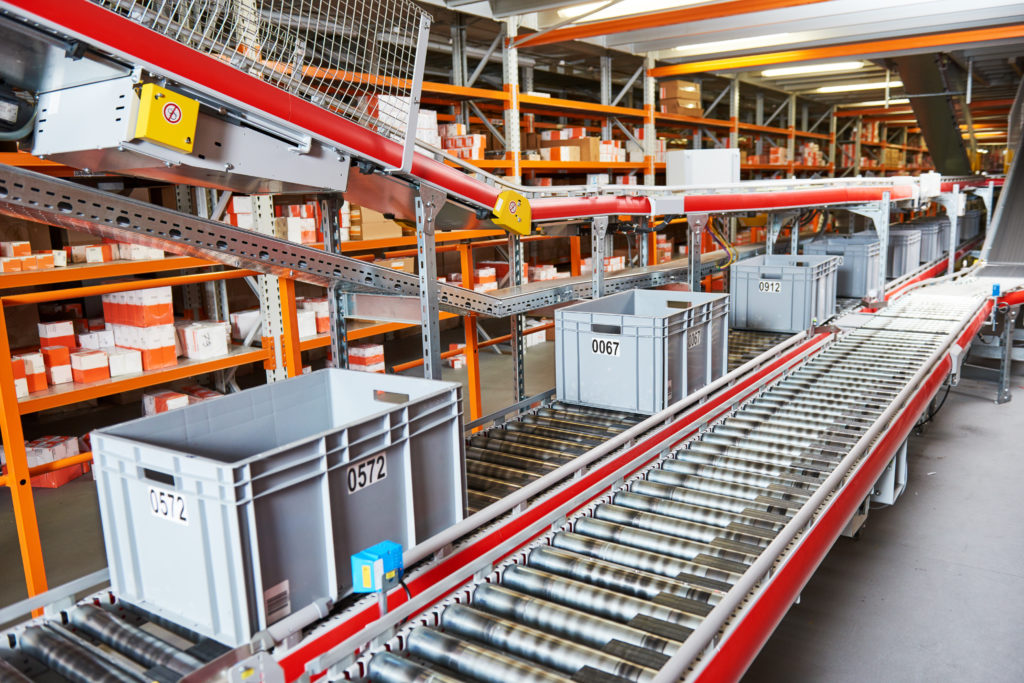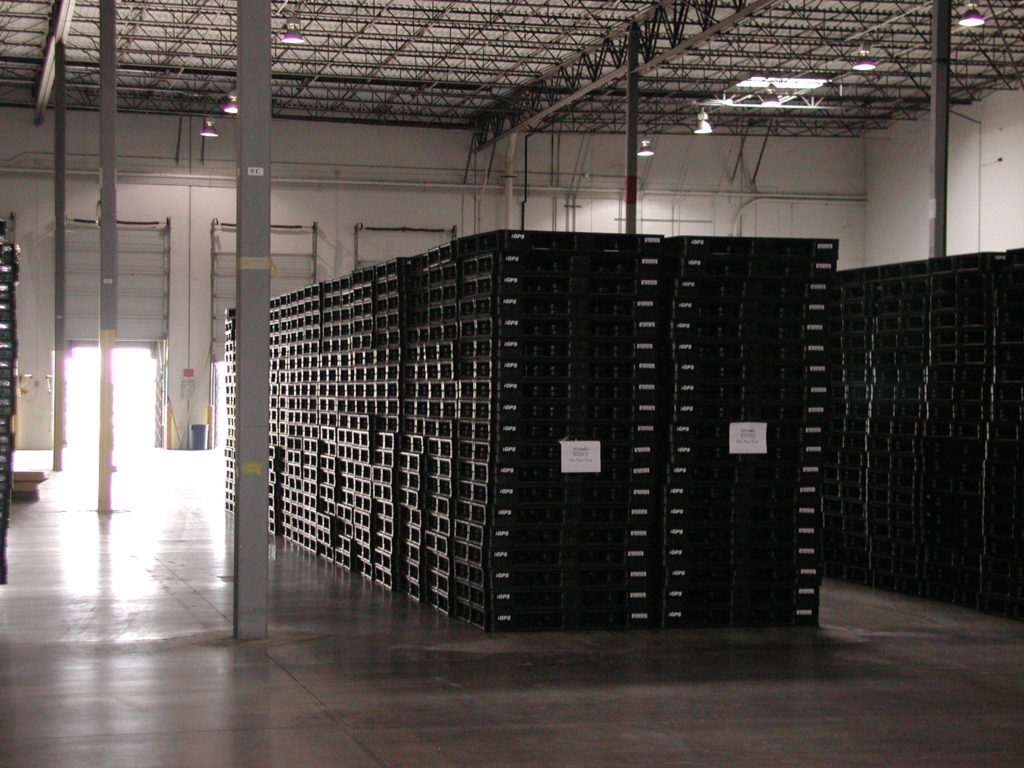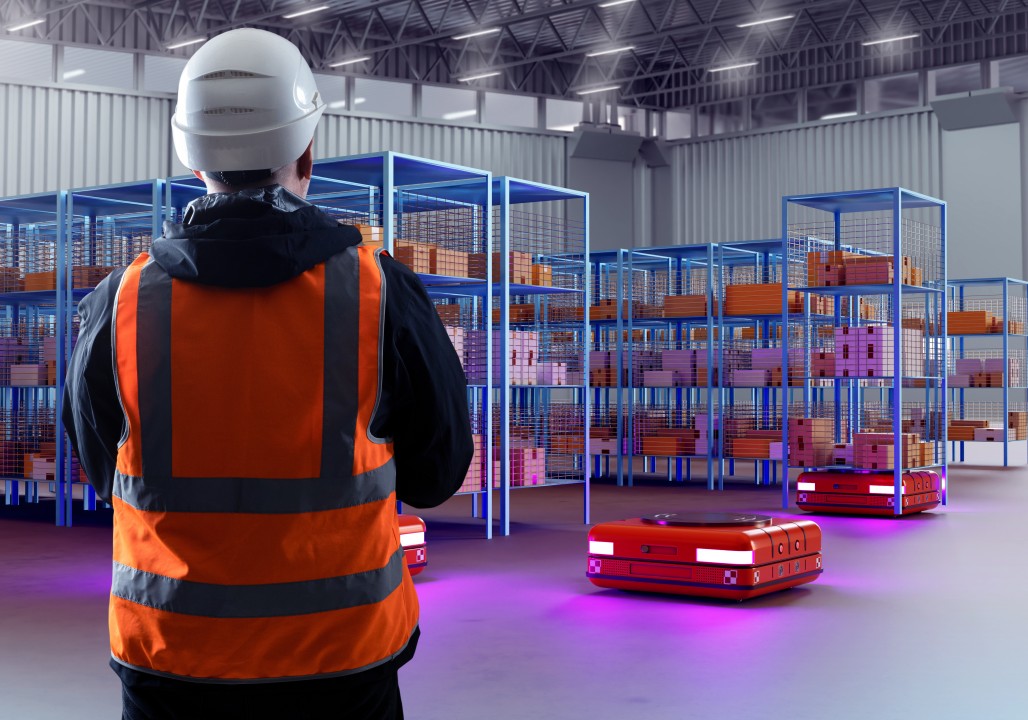The warehouse automation market—composed of innovative practices and machinery that cut labor costs, protect workers, and accelerate operations—is predicted to reach $89 billion by 2026. As managers begin to adopt these warehouse practices, they often face a steep learning curve. One way managers can flatten the learning curve is by ensuring that they approach the job with the right tools.
Often, warehouse automation builds on standard warehouse materials and processes. By augmenting warehouse operations with robots, intelligent technology, sensors, and similar tools, managers can transform their warehouses into streamlined machines. To avoid common warehouse automation challenges, managers should consider modernizing outdated pallet inventory, tracking methods, and management systems.
5 Warehouse Automation Trends
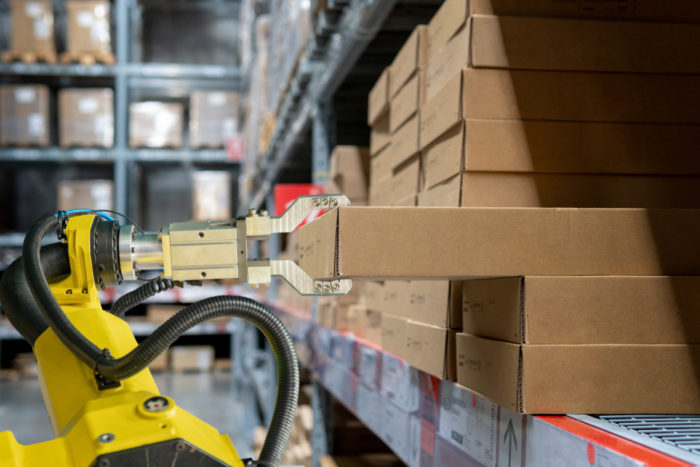 Innovative supply chain trends can reduce warehouse costs, minimize injuries to workers, and allow managers to move products faster. While some warehouse automation implementations are expensive, the long-term warehouse ROI is exceptional. Modern warehouse managers should consider incorporating some of these solutions to gain a competitive edge.
Innovative supply chain trends can reduce warehouse costs, minimize injuries to workers, and allow managers to move products faster. While some warehouse automation implementations are expensive, the long-term warehouse ROI is exceptional. Modern warehouse managers should consider incorporating some of these solutions to gain a competitive edge.
- Autonomous mobile robots (AMRs): AMRs are suited to a wide range of uses—from cleaning floors to moving pallets and collecting inventory for shipments. In some cases, AMRs are even replacing traditional conveyers and allowing organizations to take advantage of more flexible facility layouts.
- Automated storage and retrieval systems (ASRS): The ASRS is hardly new—but it is growing more complex. These systems follow predesigned paths to move inventory from one point to another. AMRs offer more flexibility to these routes.
- Smart pallet wrappers: Updated pallet wrappers do a lot more than spin pallets and apply stretch wrap. They allow greater control over film tensions and wrapping arrangements. They also offer automated sensing features to determine pallet dimensions for efficient wrapping. Additionally, many are energy efficient, making them sustainable warehouse tools.
- Self-driving forklifts: Forklifts can be dangerous, and they cause about 7000 serious injuries annually. Moreover, since forklift operators must be certified, warehouse managers can have trouble filling open positions. Self-driving forklifts have been in use for decades, but modern updates make them far more autonomous. Many can freely move through an entire warehouse and complete tasks on par with human workers.
- Drones: These aerial tools gather data on the floor to streamline operations. While they are not used extensively yet, their popularity will likely grow as implementation costs decrease.
A warehouse can immediately streamline operations using these tools. However, some of these options will not work well with standard warehouse materials. For this reason, managers should consider a few small updates to support warehouse automation.
Tools to Support Warehouse Automation Technology
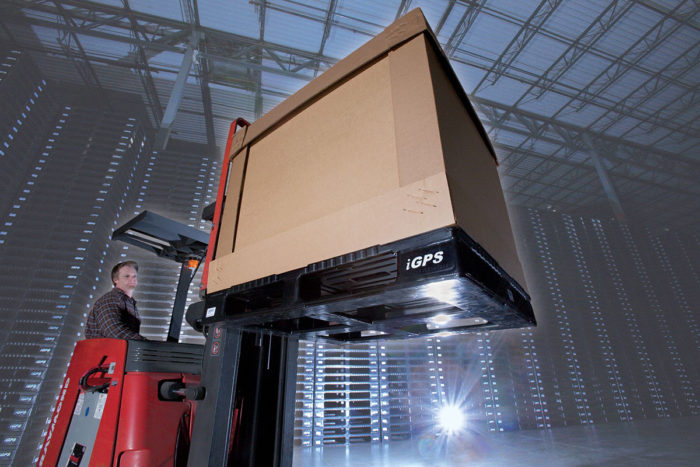 Managers should consider a few simple warehouse updates to enjoy the benefits of automation. Here are three supporting tools: warehouse management systems, plastic pallets, and simplified tracking methods.
Managers should consider a few simple warehouse updates to enjoy the benefits of automation. Here are three supporting tools: warehouse management systems, plastic pallets, and simplified tracking methods.
Warehouse Management Systems (WMS)
Automation should accelerate operations, increase efficiency, and provide a return on investment. Results cannot be measured without data and metrics, though. And since the average pallet makes multiple stops as it moves from manufacturing to the retail floor, it is difficult to follow these paths and trace errors without an organized system.
Warehouse management systems are essential for tracking pallet movements on the floor and in transit. Such systems act as data aggregators and enable managers to log in and follow a pallet’s journey across the supply chain. These systems enable warehouse managers to access valuable data that can help them understand and improve facility efficiency.
Automation-Friendly Pallets
Warehouse automation technology can be expensive. When managers invest in automation equipment, they want to ensure that none of their standard warehouse practices will damage the new equipment. Unfortunately, outdated wood pallets are a risk. Wood splinters, protruding nails, and loose fasteners can break off and jam the equipment. Non-uniform shapes and weights can also cause miscalibrations.
Plastic pallets offer a safer and more durable option. They leverage unibody construction, which requires no connecting hardware and eliminates the risk of wood splinters, nails, and fasteners. They provide uniform shapes and dimensions that support calibration. Additionally, plastic pallets are up to 35 percent lighter than wood pallets and far less taxing on equipment.
Enhanced Tracking
Accurate tracking supports automation by providing essential supply chain data. Typically, pallets and the content they hold are marked with a unique serial number. If a pallet misses a scanning point, the tracking chain breaks. As a result, managers may struggle to locate shipping platforms and their cargo.
Embedded RFID tags make it easier to track pallets without the risk of missed scans. They are often embedded in plastic plastics where several unique identifiers and multiple tracking tags ensure capture at all vital scanning points.
These three tools support warehouse automation trends and are minimal investments with almost no learning curve. This is especially true with pallet pooling which enables companies to rent rather than buy their platforms. The use of pooled plastic pallets can support sensitive automated equipment and enhance tracking abilities throughout the supply chain.
Implementing cost-saving warehouse automation trends at your facility? Learn how lightweight, uniform iGPS pallets are the perfect fit for automated warehousing by contacting us at 1-800-884-0225, emailing a specialist at switch@igps.net, or visiting our contact page.
